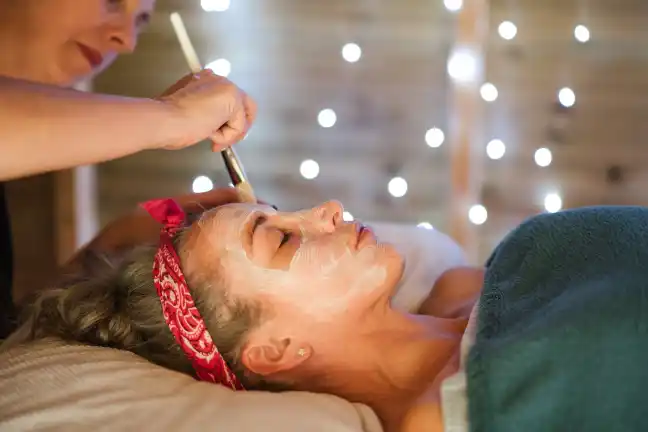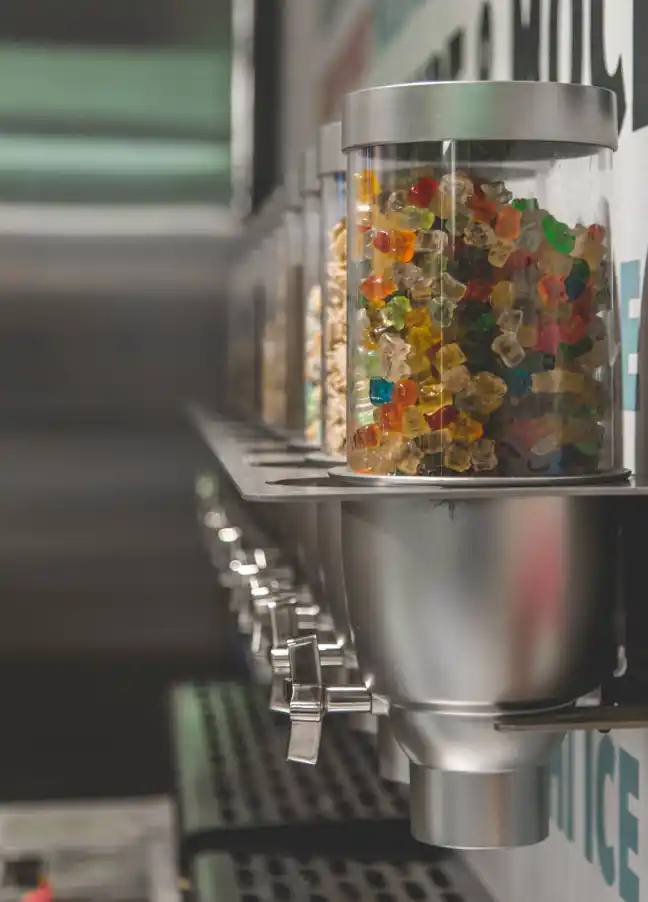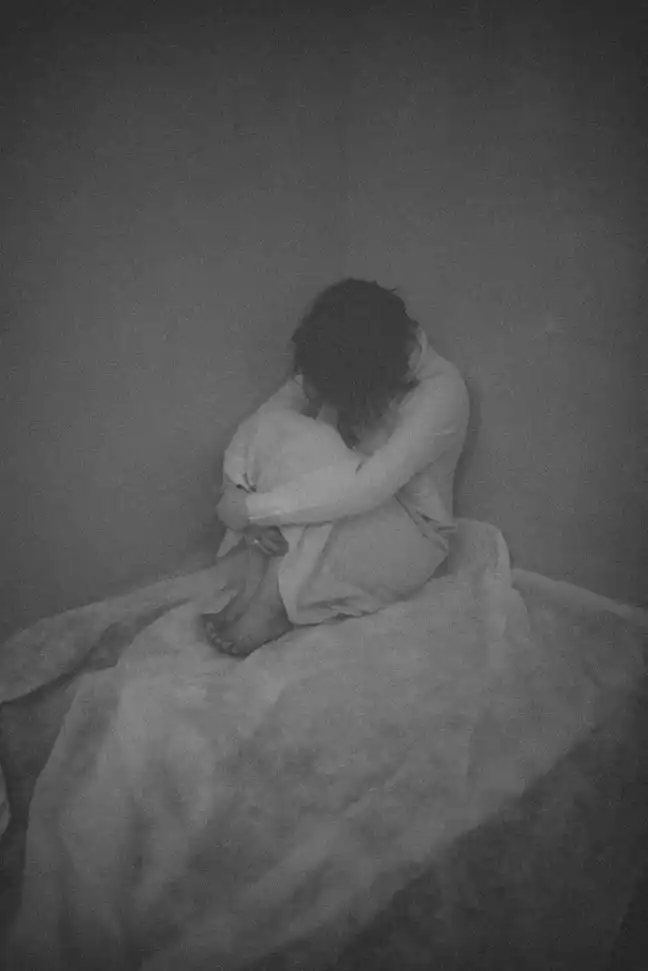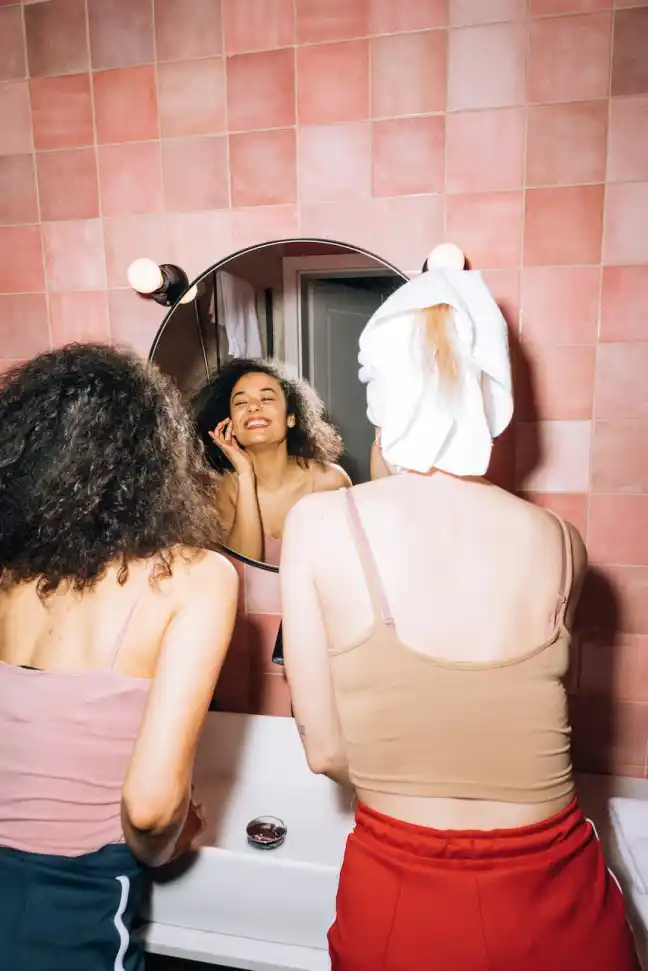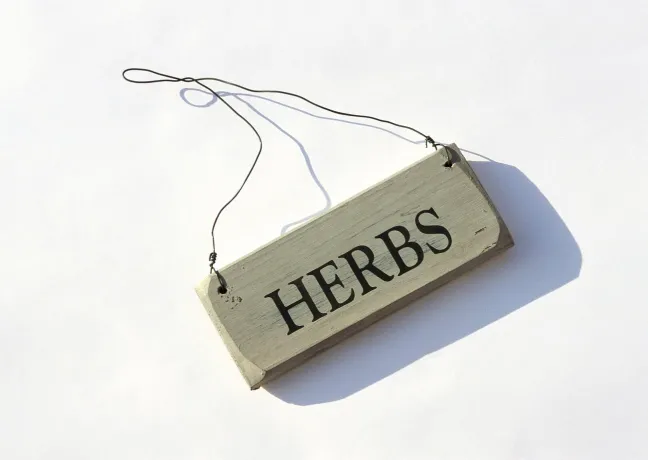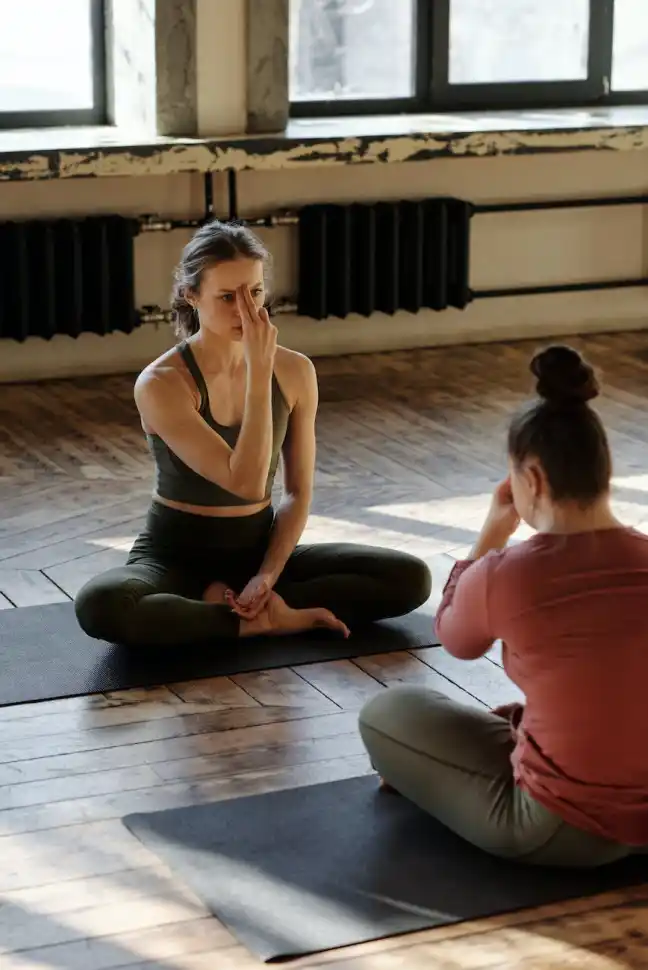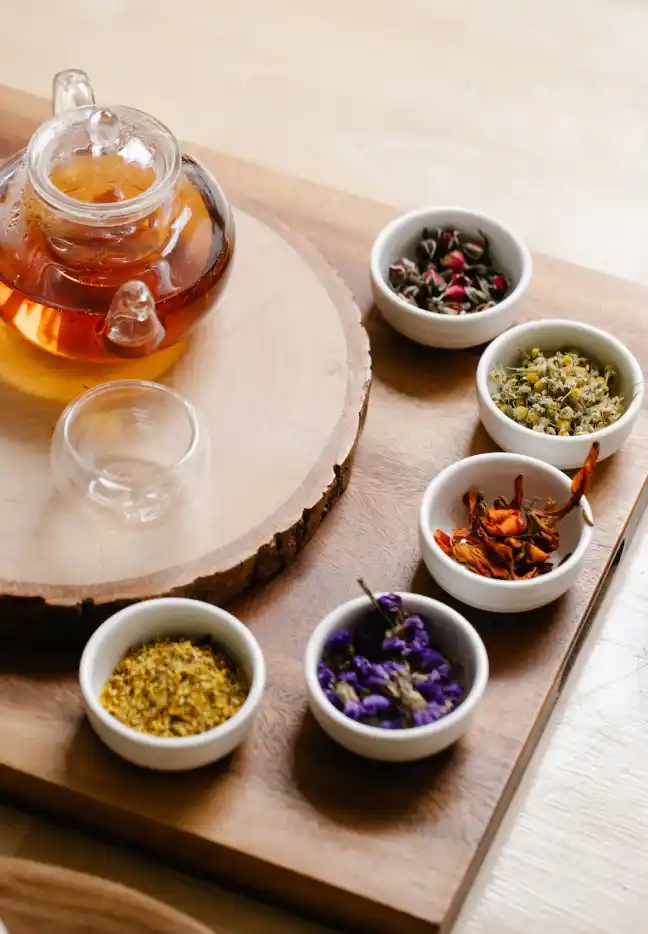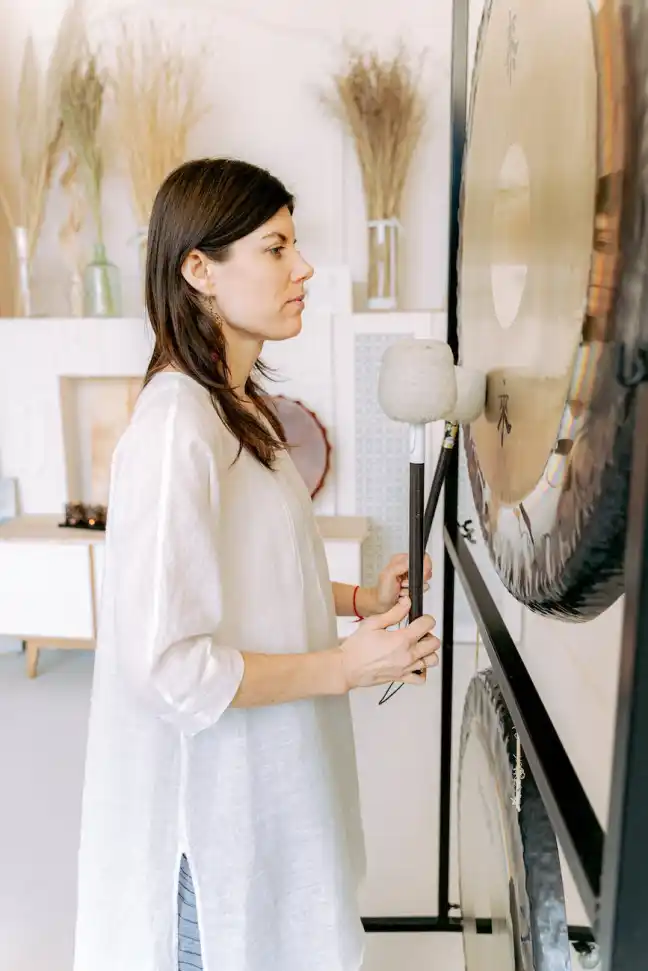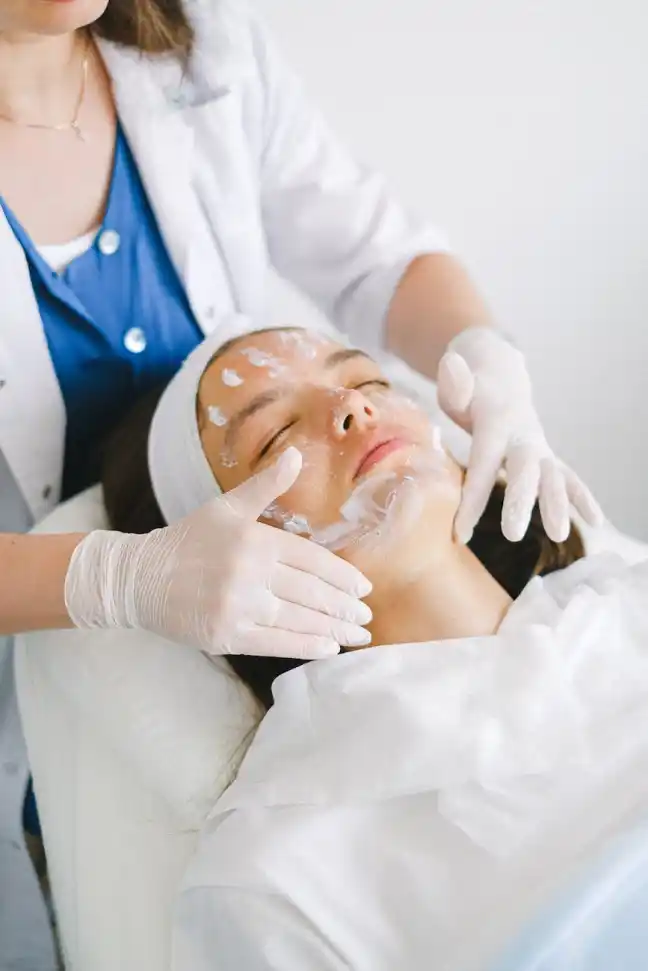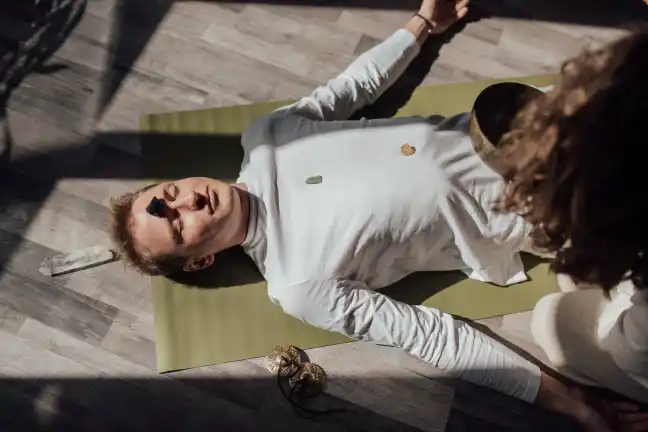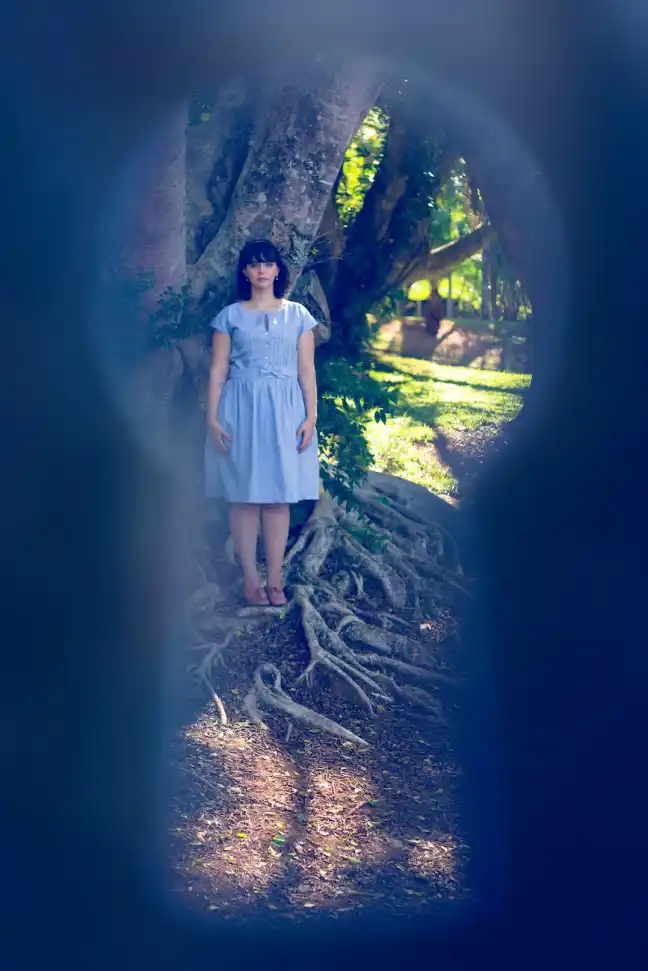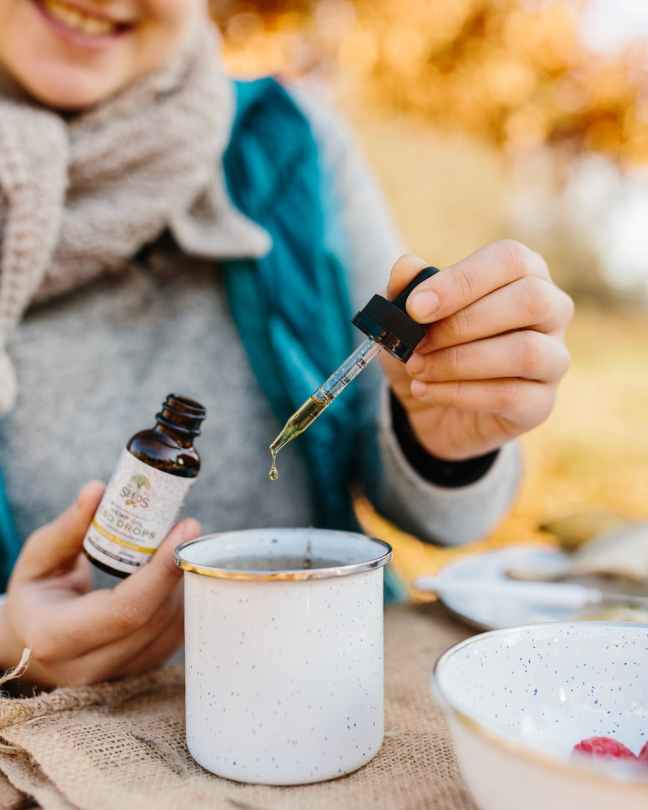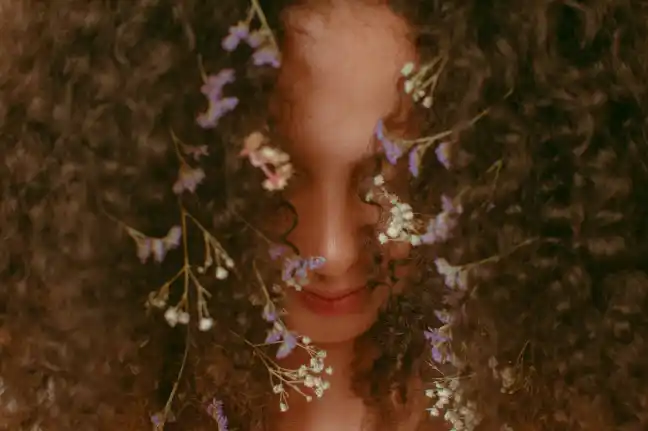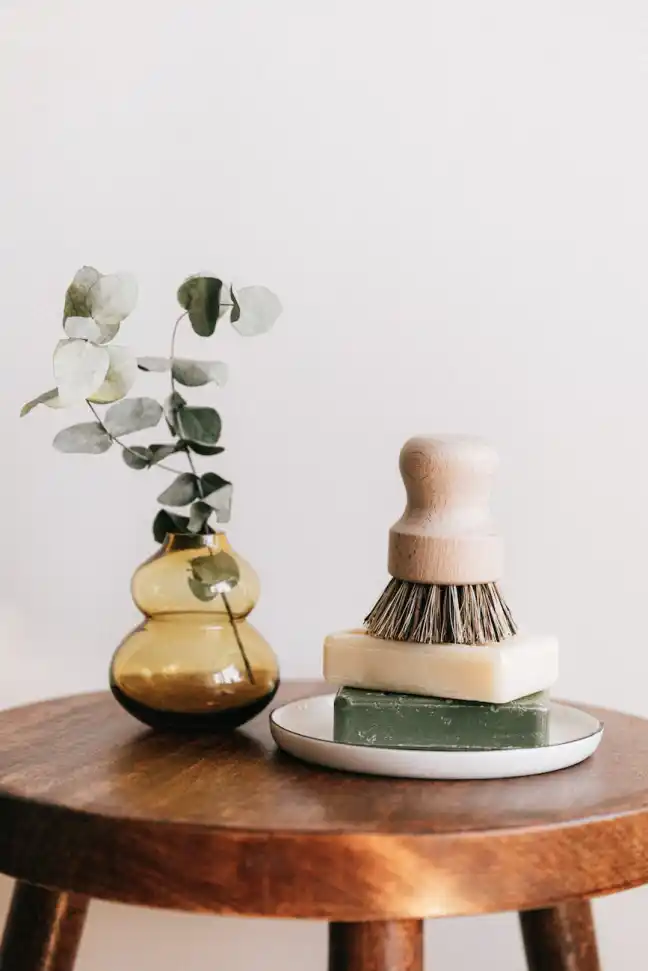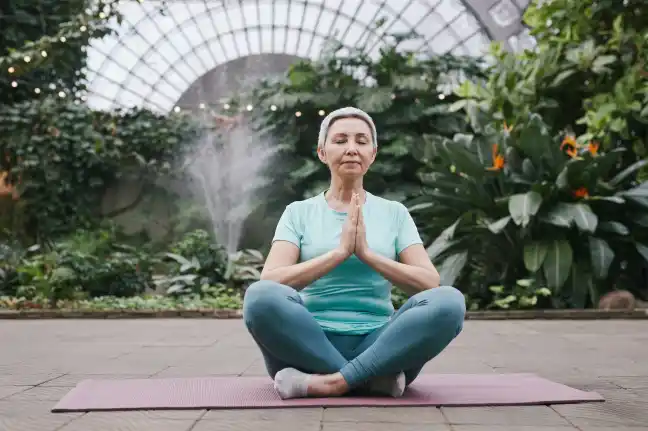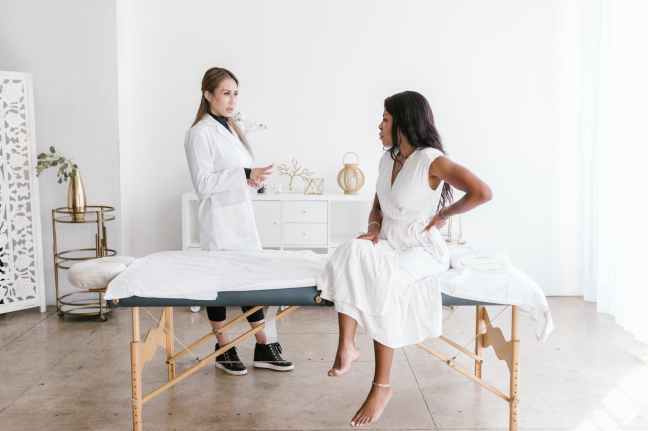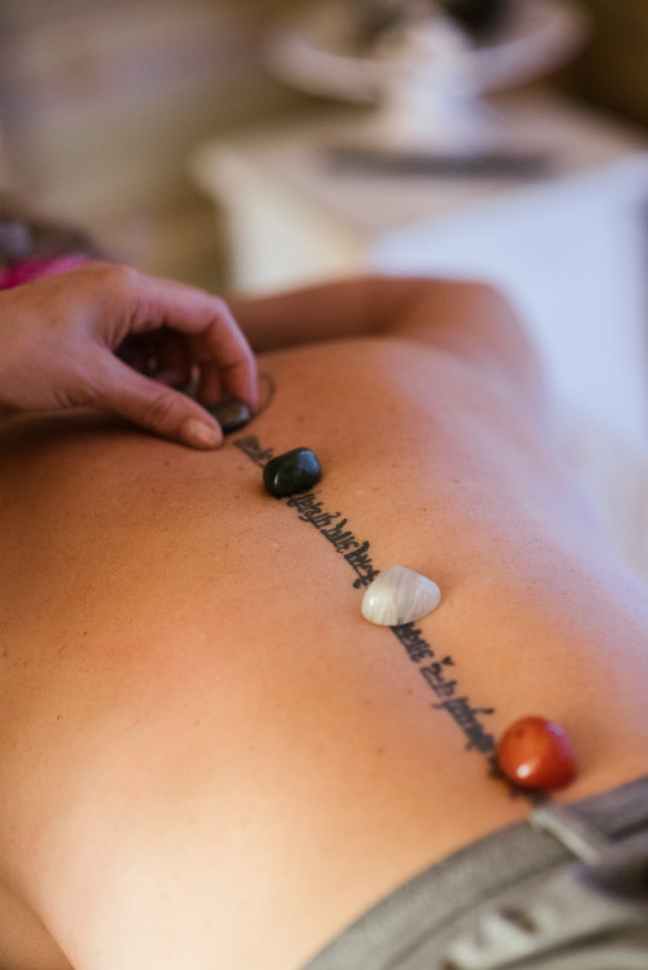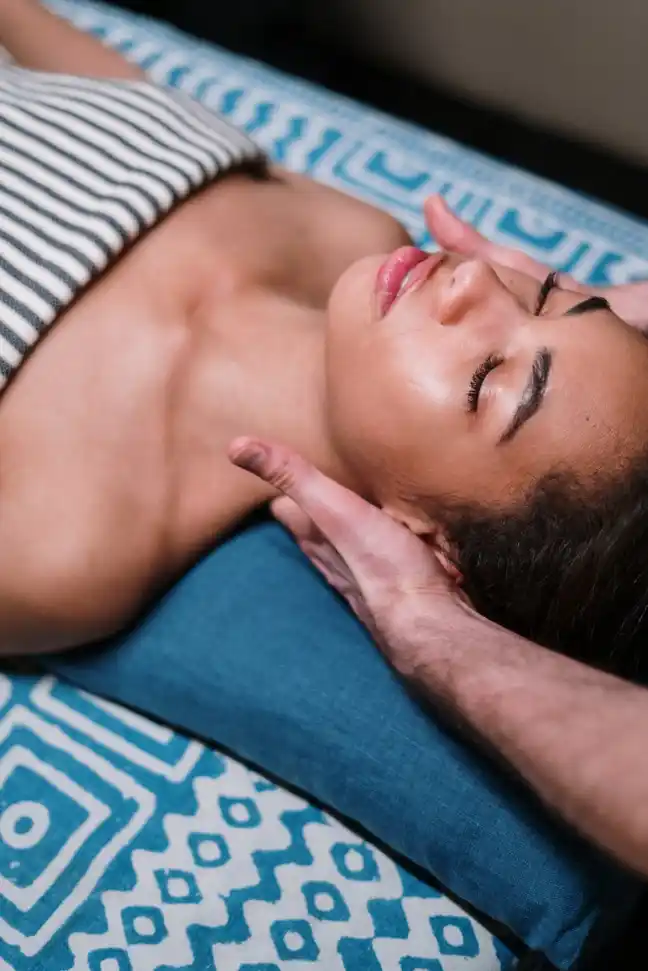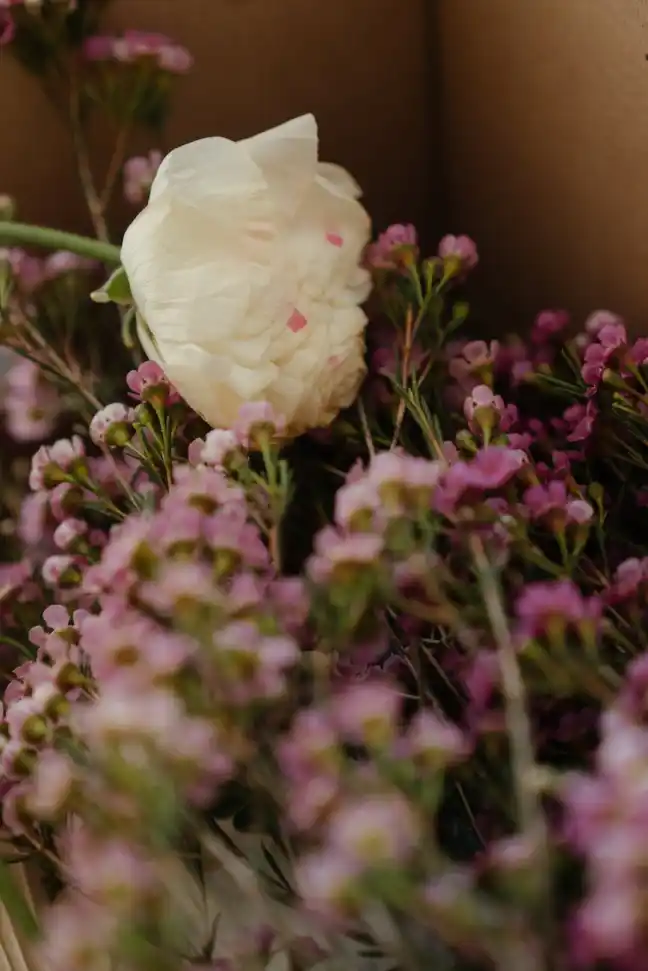C. Auris.
Candida auris (C. auris) and C. Albicans are both a CANDIDA but they differ in this way:
C. Auris has LESS virulence
BOTH are multidrug resistant, and both transmit WITHIN healthcare facilities.
C. Auris, just like “Candida” can live undetected in and on the body, without causing infections.
Where is Candida auris found in the body?
C. auris can also live on the skin or other body parts without making a person sick
C. auris has caused bloodstream infections, wound infections, and ear infections. It also has been isolated from respiratory and urine specimens, but it is unclear if it causes infections in the lung or bladder.
The risk of C. auris infection to otherwise healthy people, including healthcare personnel, is very low!
About C Auris:
Candida auris (C.auris) is a multi-drug resistant yeast (fungus) that can spread in healthcare settings via person-to-person transmission or contact with contaminated surfaces. C. auris causes serious, hard to treat infections. CDC provides the most recent case counts for each state on their Tracking website.
News:
There is a rise in reporting, (more cases are reported) so let’s talk about C Auris and how we can prevent its spread and stay healthy. Skip the news and go straight to the tracker, if you rather have just the numbers, which are very low. TRACKER
In 2020 we saw the spread of a VIRUS and the damaging effects of news reporting, and the suppression of the most important health facts; How to prevent getting sick, or very sick in the first place if exposed. This is called prevention.
Can you create a strong body that fights off even harmful viruses and fungus?
YES! And this is how.
The microbiome:
Our bodies consist of more microbiome than human cells
The microbiome consists of:
- Viruses
- Bacteria
- Fungus
- Parasites
How many species, and how many microbiota are there in the body?
- The number of species are in the 10,000s
- The number of microbiota is in the trillions
They not only inhabit the human body, they outnumber human cells!
You could say that the microbiome in great part IS the human body.
How can we know that we have the right microbiota in our biome?
Usually we live happily together.
Us and our microbiome.
It is a relationship built on perfect give and take.
We can come into contact with other fungi from the environment by breathing them in, or swimming in lakes and rivers, for example.
But we almost never notice them, as the mucus that covers our airways usually clears them out!
That is the work of the microbiome 🙂
However, sometimes this is not the case: both types of fungi, the ones living in harmony inside us and the kinds in the environment, can cause infections.
But….
Only a few hundred fungal species of the almost 5 million that inhabit the Earth can cause infections in humans!
Most fungi are successfully fought off by the human immune system, which does an amazing good job of eliminating fungi when they infect healthy people.
We are exposed to harmful particles every day, but a healthy body is not fazed by this!
A healthy body is equal and the same as: A healthy microbiome.
You literally eat your way to a healthy body by consuming the right kinds of foods!
Remarkably, the microbiome can even protect against radiation fallout….Yup!
(As you can see in this study, although this study claims that “no research was done until then”, this is false, serious studies on the microbiome as began in the Soviet Union, starting many decades, or even a century ago).
AND:
In the 4th century AD, a Chinese medical scholar, Hong Ge, recorded a case of treating food toxin diarrhea with fecal water in his “Handbook of Prescription for Emergency” (a very early version of fecal transplant)
The studies of the microbiome actually date back thousands of years, but in the West, the studies of pharmaceuticals took the place of actual health studies, medicine became a corporate money machine, and you are seeing the results of falsified propaganda that favors money and disregards truth.
This brings us right back to the C. Auris scare in the news in the last few days.
The microbiome begins in our environment, in the air, water and soil.

The right kinds of foods:
Maintaining a balanced microbiome with predominantly beneficial bacteria, virus, parasites and fungi:
- Eat naturally fermented foods to get the most variety of beneficial stains.
- Eat fiber from organically grown vegetables and grains to get “food” for the microbiome
That is it. Probiotics, and fiber.
It is really that easy.
What exactly should I eat, is Yogurt enough?
Probiotics from naturally fermented foods have thousands of strains, of everything we need, this is partly what keeps people who live in the blue zones healthy. Naturally fermented foods are for example:
- Kimchi – Korea.
- Natto – Japan.
- Miso – Japan/Korea.
- Doubanjiang – China
- Tempeh – Indonesia.
- Kombucha – China / Russia / Ukraine / Vietnam / Korea / Japan
- Togwa/Mahewu/Mabundu – Tanzania / Zimbabwe /.
- Ogiri – Nigeria
- Sumbala – west Africa
- Sourdough Bread – Europe / US.
- Sauerkraut – Across Europe.
- Kefir – Eastern Europe
- Curtido – El Salvador
- Natto – Japan
- Kvass – Russia
- Salgam – Russia
- Nem Chua- Vietnam
- Khanom Chin – Thailand
- Appam – India
- Atchara – Philippines
- Balao Balao – Philippines
- Jalebi – Pakistan / India
- Injera – Ethiopia
- Bors – Romania
- Sauerkraut – Europe
- Lutefisk – Norway
- Salami – Mediterranean Europe
- Kiviak – Greenland
- Hakarl – Iceland
- Surstromming – Sweden
- Vili – Finland
- Poi – Hawaii
- Kaymak – Middle east / Balkan countries / Central Asia
- Doogh Ayran – Middle East / Central Asia
- Yogurt – Everywhere (store bought yogurt contains only a few strains, as compared to traditional home made yogurt)
Did I miss your country, or your favorite fermented food?
Leave a comment and tell me, does your family have a traditional recipe? Share it with us 🙂
Read my other blog posts about probiotics to learn more about how to stay healthy in a real way, in a real easy way!













